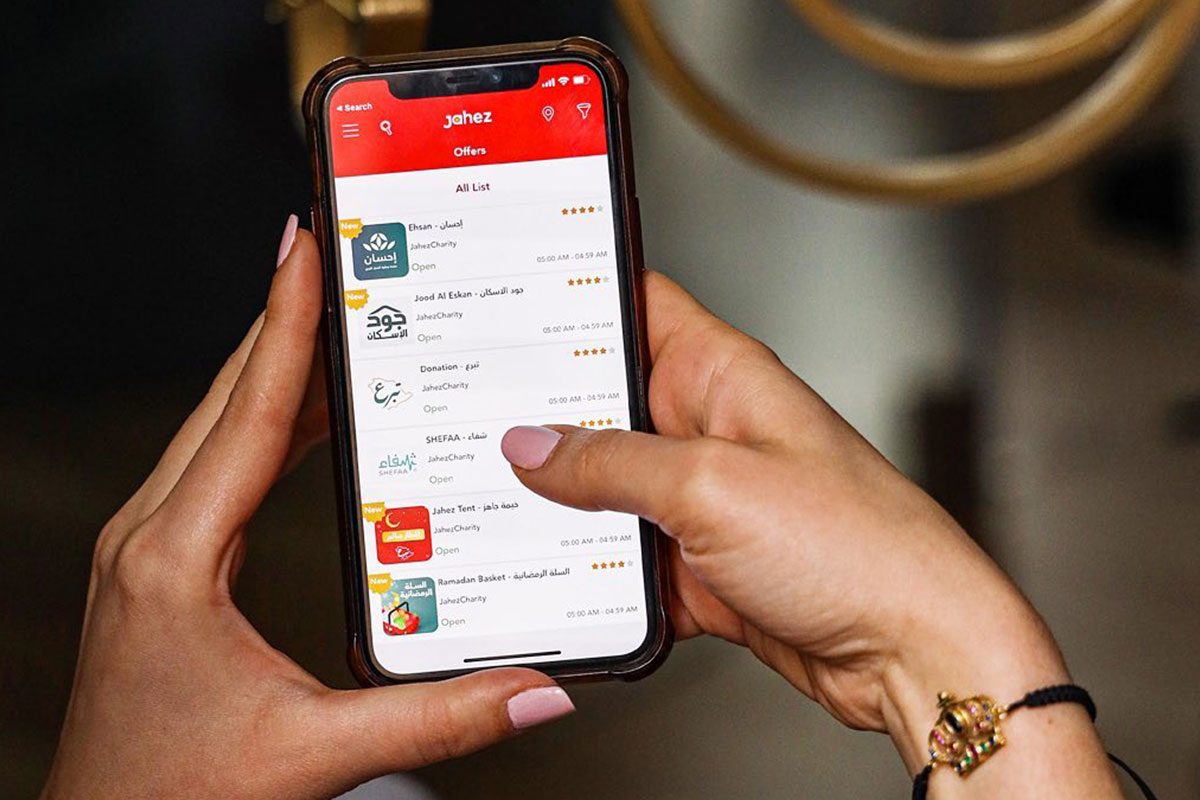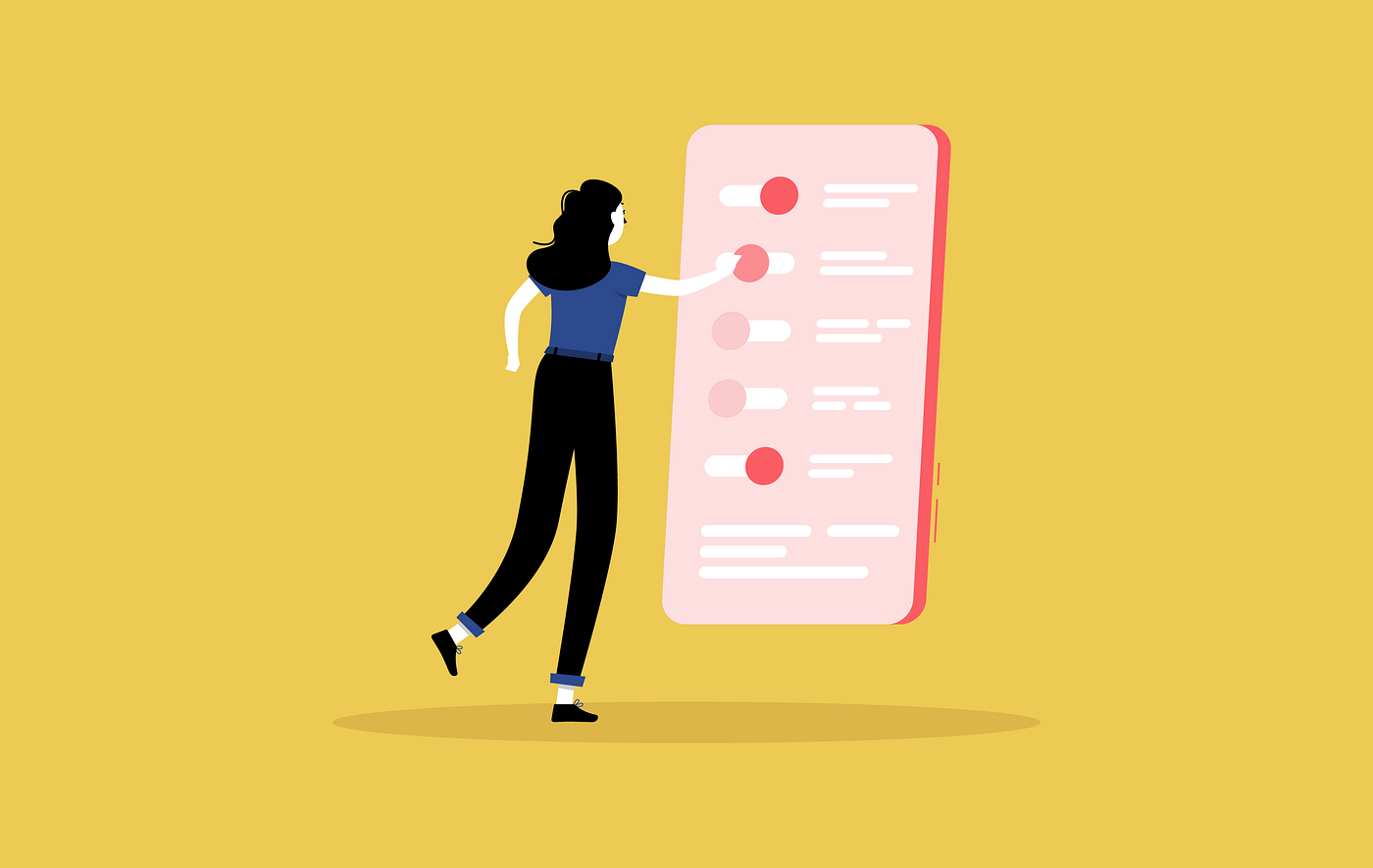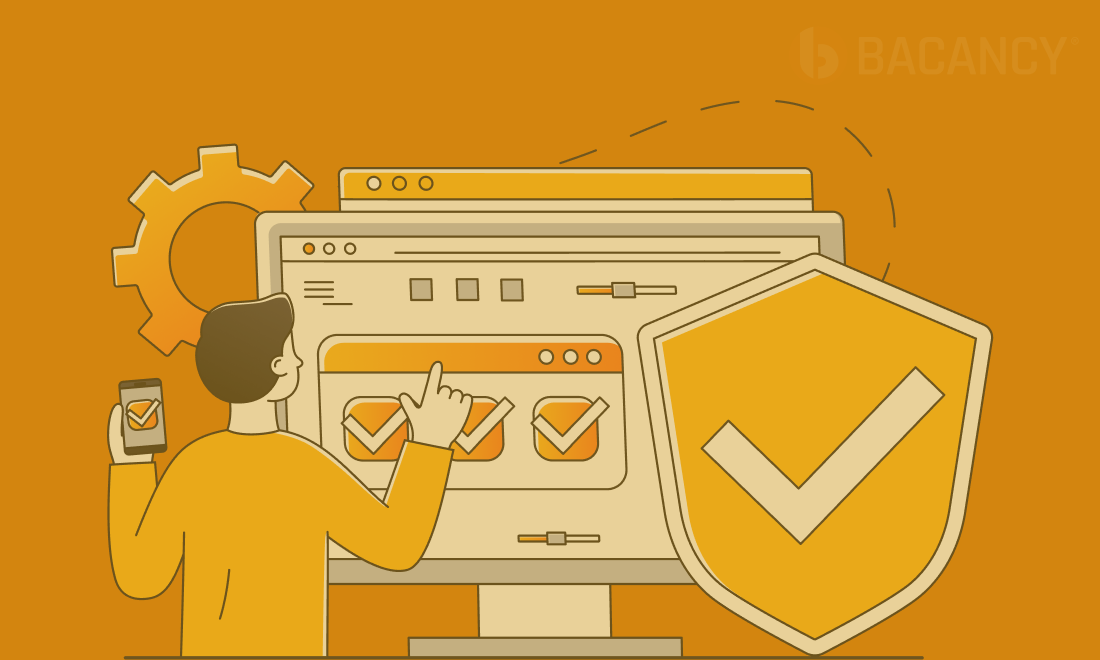Embarking on the journey of creating a mobile app is an exciting prospect for any entrepreneur. A well-designed and user-friendly app can be the key to unlocking new markets, streamlining operations, and fostering stronger customer relationships. However, before diving headfirst into development, a crucial aspect to consider is the cost of design. Understanding the various factors that influence this cost is paramount for effective budgeting and ensuring the financial viability of your app venture.
This comprehensive guide will delve deep into the intricacies of mobile app design costs, breaking down the different stages, influencing factors, and providing practical insights to help you navigate this crucial aspect of app development.
The Foundational Stages of Mobile App Design and Their Associated Costs
Mobile app design isn’t a monolithic process. It involves several distinct stages, each contributing to the overall cost. Let’s explore these stages and what they typically entail:
1. Discovery and Research (5-10% of the total design budget):
This initial phase lays the groundwork for the entire project. It involves a deep dive into understanding your target audience, market analysis, competitor research, and defining the core features and functionalities of your app.
- Activities:
- Market Research: Identifying user needs, pain points, and market trends.
- Competitor Analysis: Evaluating existing apps in your niche to identify best practices and potential differentiation points.
- User Personas: Creating fictional representations of your ideal users to guide design decisions.
- Feature Definition: Clearly outlining the essential features and functionalities of your app.
- Workshop Sessions: Collaborative meetings with stakeholders to align on vision and goals.
- Cost Drivers: The complexity of the market and competitor analysis, the number of user personas required, and the duration and intensity of workshop sessions will influence the cost of this stage.
2. User Experience (UX) Design (15-25% of the total design budget):
UX design focuses on creating a seamless and intuitive experience for your users. It’s about understanding how users will interact with your app and designing a flow that is logical, efficient, and enjoyable.
- Activities:
- Information Architecture: Structuring the content and navigation of your app.
- Wireframing: Creating low-fidelity visual representations of the app’s screens and their layout. This helps in visualizing the user flow and identifying potential usability issues early on.
- Prototyping: Developing interactive mock-ups of the app to test the user flow and gather feedback. Prototypes can range from low-fidelity (basic interactions) to high-fidelity (visually close to the final product).
- User Testing: Conducting tests with target users to identify usability issues and gather valuable feedback for iterative improvements.
- Cost Drivers: The complexity of the app’s features, the number of screens involved, the level of interactivity in the prototypes, and the extent of user testing will significantly impact the UX design cost. For instance, an app with intricate workflows and numerous user interactions will require more extensive wireframing and prototyping efforts.
3. User Interface (UI) Design (15-25% of the total design budget):
UI design focuses on the visual aesthetics of your app. It’s about creating a visually appealing and engaging interface that aligns with your brand identity and enhances the user experience.
- Activities:
- Visual Style Guide: Defining the color palettes, typography, iconography, and overall visual language of your app.
- Mockups: Creating high-fidelity visual designs of each screen of the app, showcasing the final look and feel.
- Asset Creation: Designing all the necessary visual elements, such as icons, illustrations, and animations.
- UI Kit Development: Creating a library of reusable UI components to ensure consistency throughout the app.
- Cost Drivers: The complexity and uniqueness of the visual design, the number of screens, the level of detail required for the visual elements, and the extent of custom illustrations and animations will influence the UI design cost. A highly polished and visually sophisticated design will naturally require more time and effort.
4. Prototyping and Iteration (10-20% of the total design budget – often overlaps with UX/UI):
While prototyping is introduced in the UX phase, this stage emphasizes further refinement and iteration based on feedback. High-fidelity prototypes that closely resemble the final product are often developed at this stage.
- Activities:
- High-Fidelity Prototyping: Creating interactive prototypes with detailed visual elements and transitions.
- Usability Testing and Feedback Integration: Conducting further rounds of testing and incorporating user feedback into the design.
- Design Refinement: Making necessary adjustments to the UX and UI based on testing results.
- Cost Drivers: The number of iterations required, the complexity of the interactions in the high-fidelity prototypes, and the extent of design changes based on feedback will affect the cost.
5. Design Handoff and Collaboration with Development (5-10% of the total design budget):
This crucial stage involves preparing and delivering the design assets and specifications to the development team. Effective communication and collaboration are essential to ensure that the developers accurately translate the design vision into a functional app.
- Activities:
- Preparing Design Specifications: Documenting design details, including screen dimensions, font styles, color codes, and interaction behaviors.
- Asset Delivery: Providing the development team with all the necessary visual assets in the correct formats.
- Collaboration and Communication: Answering developer questions, providing clarifications, and ensuring design integrity during the development process.
- Cost Drivers: The level of detail in the design specifications, the number of assets to be prepared, and the extent of ongoing communication and support required by the development team will influence this stage’s cost. Utilizing specialized tools for design handoff can streamline this process.
Key Factors Influencing Mobile App Design Costs
Beyond the design stages themselves, several other factors can significantly impact the overall cost:
- Complexity of the App: Apps with intricate features, custom animations, complex user flows, and integrations with multiple APIs will naturally require more design effort and thus incur higher costs. A simple utility app will cost less to design than a feature-rich social media platform or an e-commerce application with personalized recommendations.
- Platform (iOS, Android, or Cross-Platform): Designing for both iOS and Android platforms can increase costs, especially if the designs need to be tailored to each platform’s specific UI guidelines and user expectations. Cross-platform design approaches can sometimes offer cost efficiencies but may have their own set of design considerations.
- Level of Customization: Using off-the-shelf UI kits and templates can reduce design costs, but a fully customized design that reflects a unique brand identity will require more time and expertise.
- Location and Experience of the Design Team: Design agencies and freelancers in different geographic locations have varying rates. Highly experienced and reputable designers will typically charge more for their services due to their proven track record and expertise.
- Type of Engagement (Freelancer, Agency, In-house Team):
- Freelancers: Can offer more flexibility and potentially lower hourly rates, but communication and project management can sometimes be challenging.
- Agencies: Typically have established processes, diverse skill sets, and project management expertise, but their rates might be higher.
- In-house Team: Provides the most control and integration but involves fixed salaries and overhead costs.
- Number of Revisions: The scope of the project should ideally include a defined number of revision rounds. Excessive revisions due to unclear requirements or changing priorities can lead to increased costs.
- Use of Emerging Technologies (AR/VR, AI): Incorporating advanced technologies like augmented reality, virtual reality, or artificial intelligence into the app design will significantly increase complexity and cost.
Estimating Your Mobile App Design Costs: A Practical Approach
Given the various influencing factors, providing a precise cost estimate without a detailed understanding of your specific app requirements is challenging. However, here’s a practical approach to help you get a better idea:
- Define Your App Requirements Clearly: Document all the features, functionalities, and target platforms for your app. The more detailed your requirements, the more accurate the cost estimates you’ll receive.
- Research Design Agencies and Freelancers: Explore different design service providers, review their portfolios, and request preliminary quotes based on your requirements.
- Break Down the Project into Stages: Ask for cost breakdowns for each design stage (discovery, UX, UI, etc.) to understand where your investment is going.
- Inquire About Hourly Rates and Project-Based Pricing: Understand the pricing models offered by different providers. Hourly rates are common, but project-based pricing can offer more predictability if the scope is well-defined.
- Factor in Communication and Project Management: Ensure that the cost estimates include adequate time and resources for communication, feedback loops, and project management.
- Consider Post-Launch Design Support: Discuss potential costs for ongoing design updates, maintenance, and iterations based on user feedback and market changes.
General Cost Ranges (Illustrative):
It’s crucial to remember that these are very broad estimates and can vary significantly based on the factors mentioned above:
- Simple Apps (e.g., basic utility apps, information apps): Design costs might range from $5,000 to $15,000.
- Medium Complexity Apps (e.g., social networking features, e-commerce with basic functionalities): Design costs could range from $15,000 to $50,000.
- Complex Apps (e.g., on-demand services, sophisticated e-commerce with personalization, apps with custom integrations): Design costs can easily exceed $50,000 and go upwards of $100,000 or more.
Optimizing Your Mobile App Design Costs
While quality design is an investment, there are ways to optimize costs without compromising on the user experience:
- Prioritize Core Features: Focus on designing and developing the essential features for your initial launch (MVP – Minimum Viable Product). You can always add more features in subsequent iterations.
- Utilize UI Kits and Templates (Judiciously): While full customization is ideal, leveraging well-designed UI kits and templates can save time and cost, especially for certain common elements. Ensure they align with your brand identity.
- Clear Communication and Well-Defined Scope: Investing time in clearly defining your requirements and maintaining open communication with the design team can prevent costly misunderstandings and scope creep.
- Iterative Design Approach: Embrace an iterative design process with regular feedback loops. This allows for early identification and correction of issues, preventing major rework later on.
- Consider Nearshore or Offshore Design Teams: Depending on your budget and risk tolerance, exploring design talent in other geographic locations might offer more competitive rates. However, carefully vet their experience and communication capabilities.
Conclusion: Investing Wisely in Your App’s Foundation
The design of your mobile app is not just about aesthetics; it’s about creating a positive and intuitive user experience that drives engagement and achieves your business goals. Understanding the various stages involved, the factors that influence costs, and adopting a strategic approach to budgeting are crucial for entrepreneurs embarking on this journey.
While cost is a significant consideration, remember that skimping on design can lead to a poorly received app, ultimately costing you more in the long run. By carefully planning, clearly defining your requirements, and choosing the right design partner, you can make a wise investment in your app’s foundation and set it up for success in the competitive mobile landscape.




